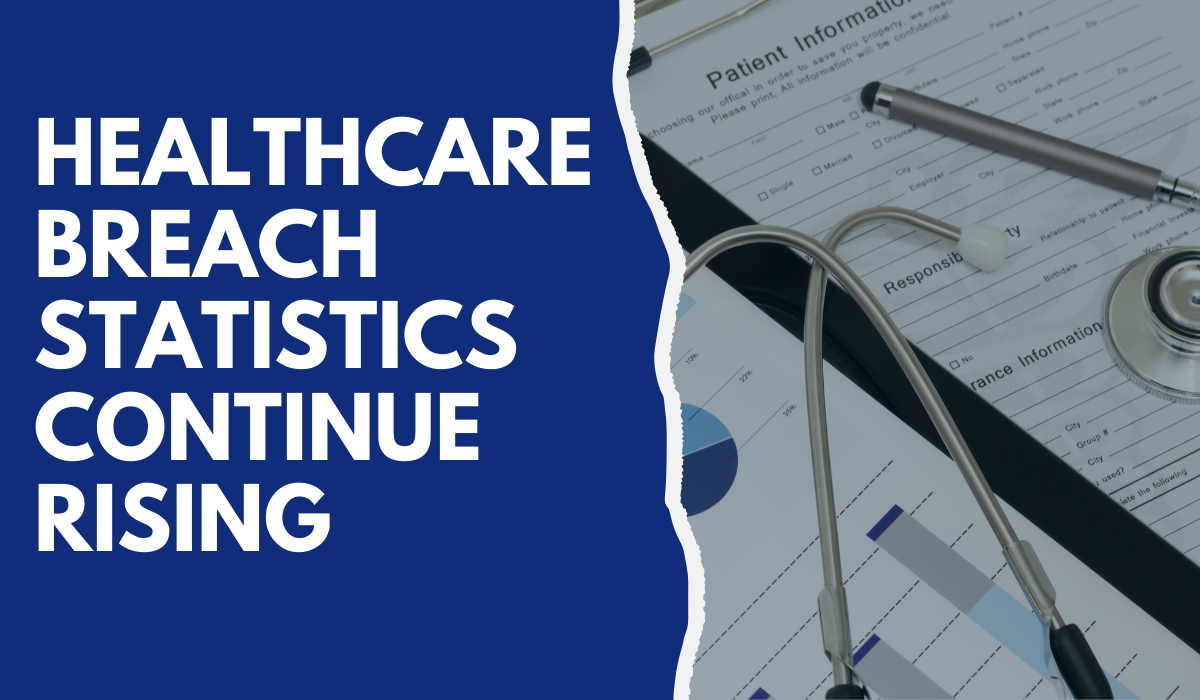
An astronomical increase of 450% would be a wonderful thing if we are talking about revenues or productivity. But when it comes to COVID-19 related phishing attacks, that percentage in the jump of attacks from 2019 to 2020 is staggering – and a serious issue that needs to be addressed.
According to the ForgeRock 2021 Consumer Identity Breach Report, this increase resulted in 1 billion records in the United States alone being compromised. With healthcare being the primary target for hackers, making up 34% of all breaches, cybersecurity should be equally as important as making sure that you are working towards HIPAA compliance.
The fear of a HIPAA audit or investigation is what makes most healthcare workers shudder as if the IRS were coming for their taxes, when the reality is, a faulty cybersecurity program will make you vulnerable to a HIPAA audit and potentially so much more damage. With a majority of HIPAA enforcement action from the Health & Human Services Office for Civil Rights, the breach of PHI is a result of a failed cybersecurity risk management plan. This can be mitigated with a strong cybersecurity program, so why aren’t healthcare businesses taking the appropriate action?
Everyone Has a Reason
Aging technology and lack of funds are the basis for many businesses failing to meet the standards that should be in place for a strong cybersecurity program. One way you can offset this risk is to ensure that your employees are trained to recognize phishing emails or other behaviors that can compromise security. Empowering the humans who work for you can be one of your strongest defenses – and if they are untrained and unaware, it can be your biggest security gap or risk.
If you need help getting your team up to speed with a strong cybersecurity program, we can help! With HIPAA compliance and ongoing training programs, HIPAA Secure Now is prepared to help you build a stronger human-based cybersecurity & HIPAA compliance program! Contact us today to learn how we can help you get started training your team on threats and best practices that could put your organization at risk.

Leave a Reply